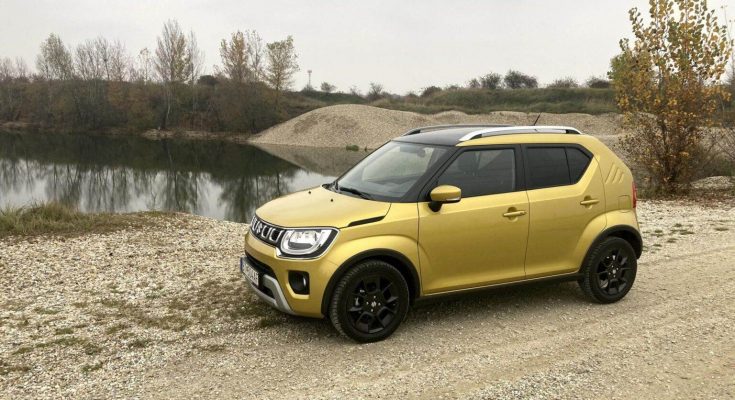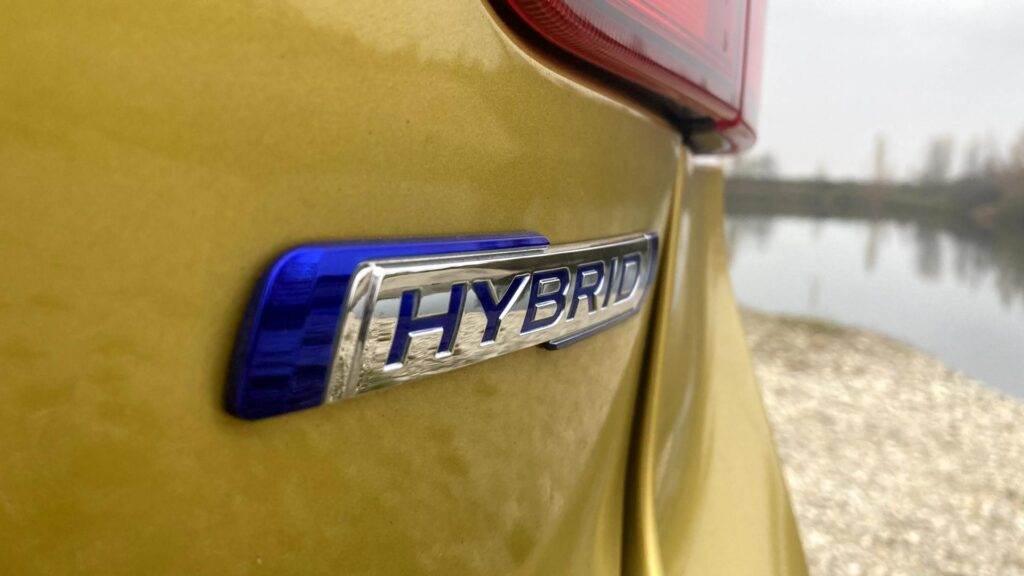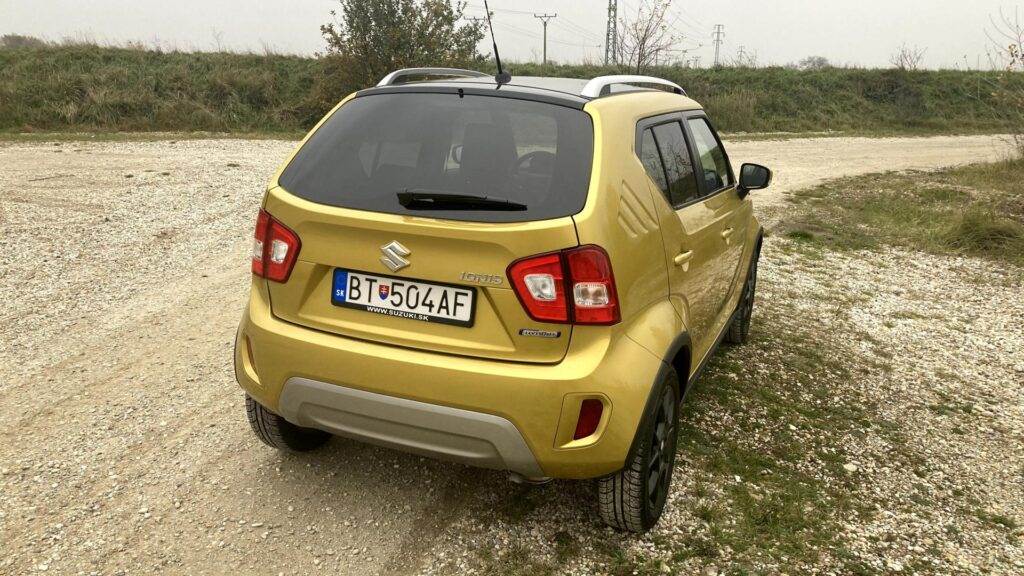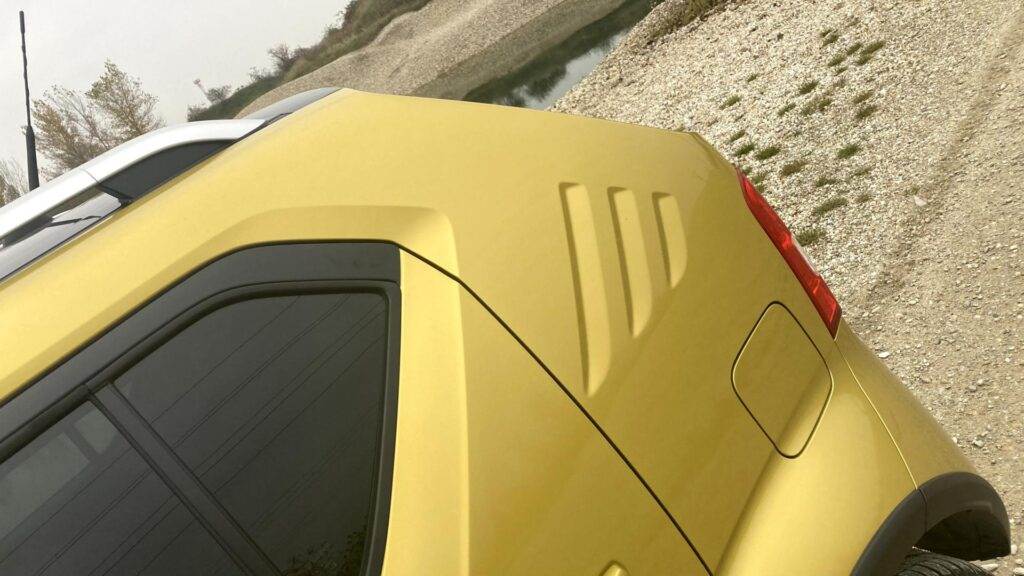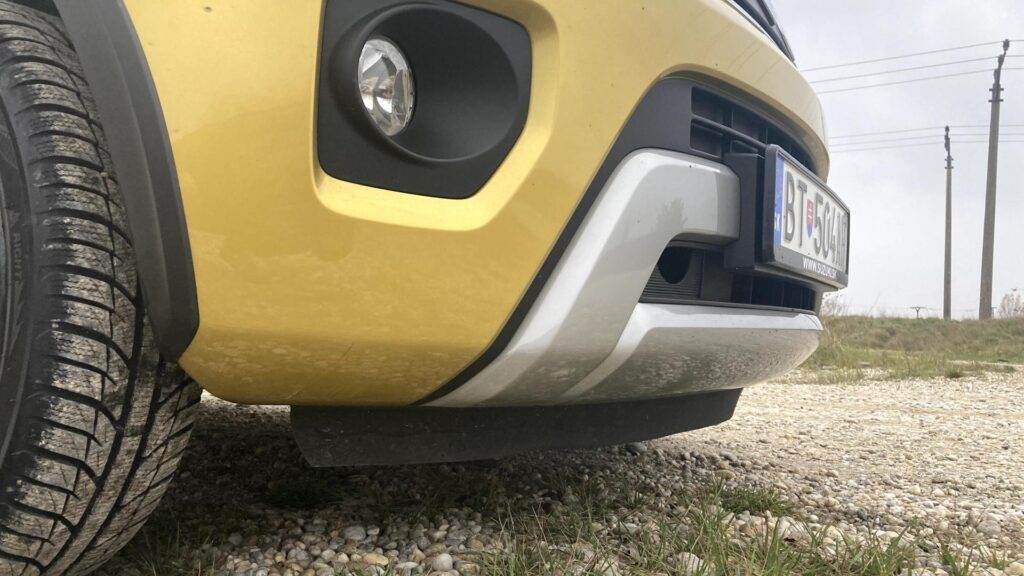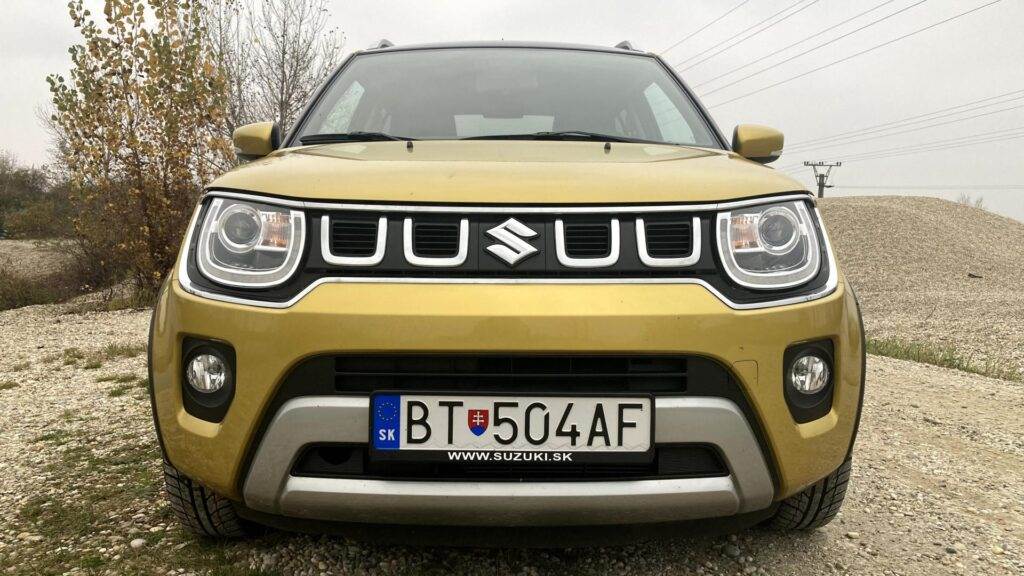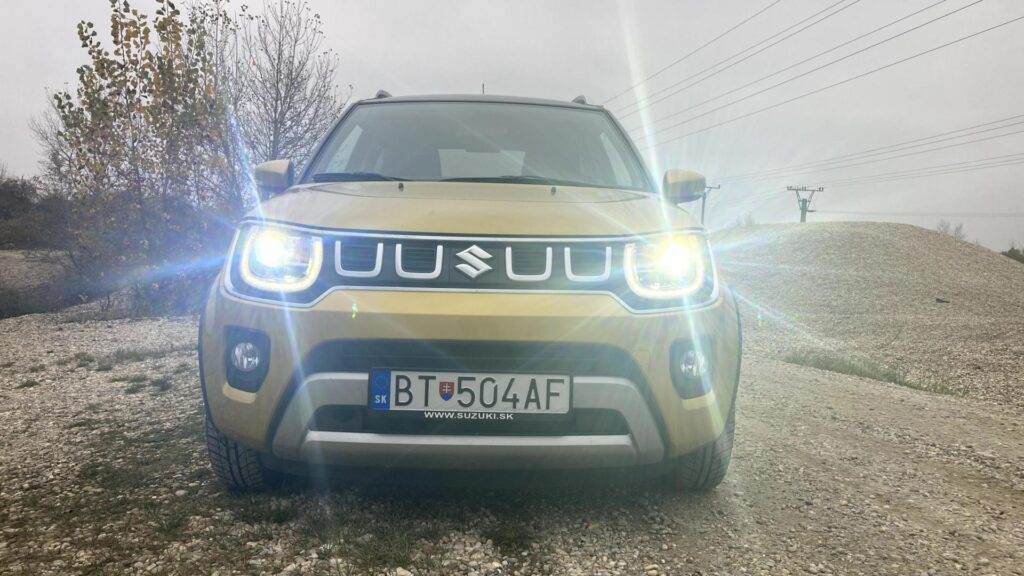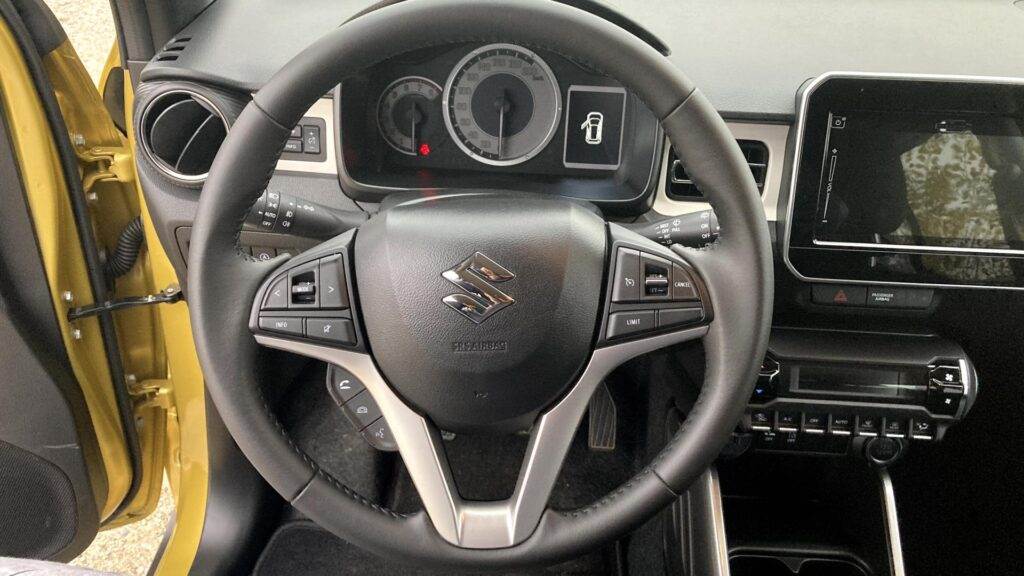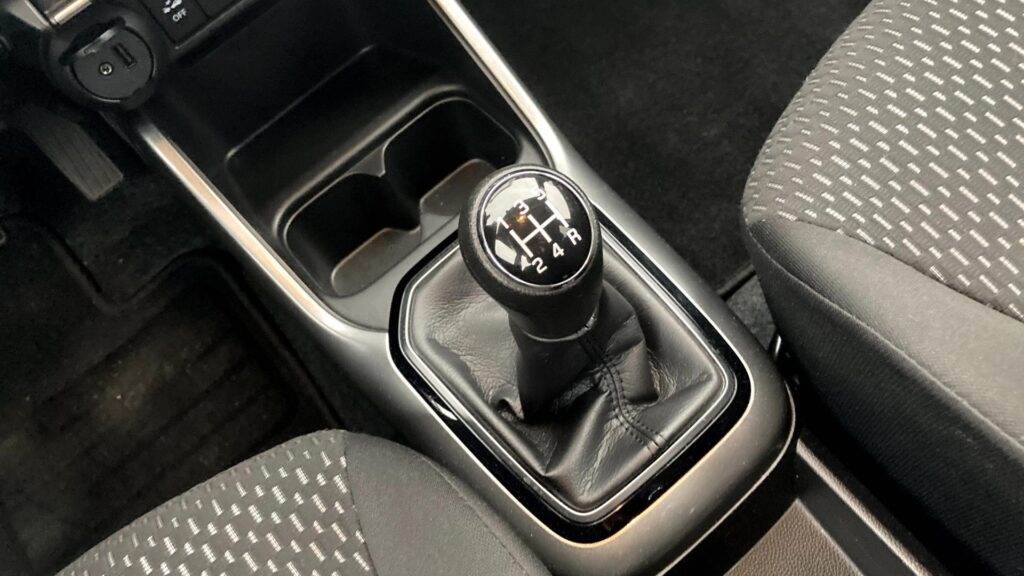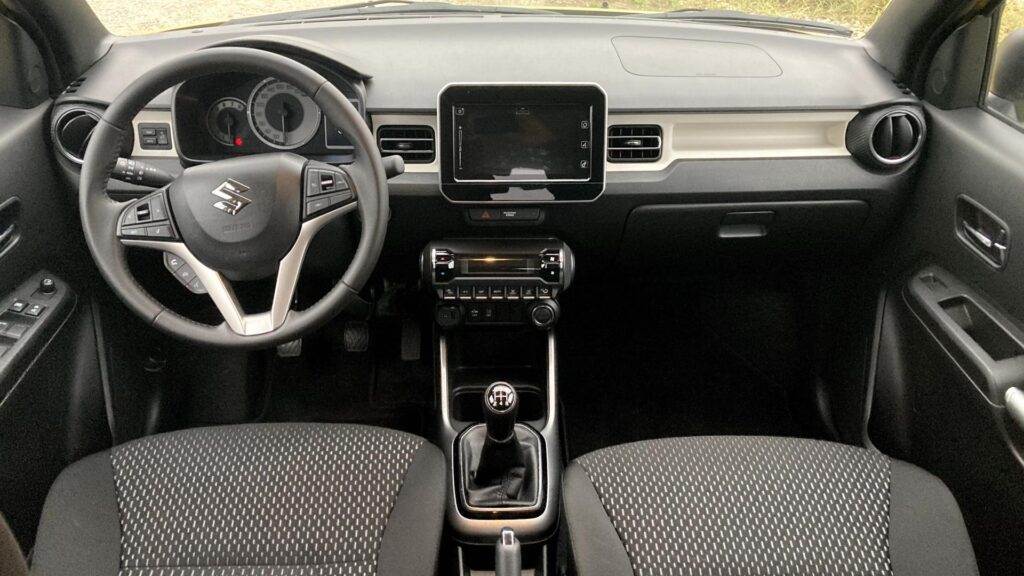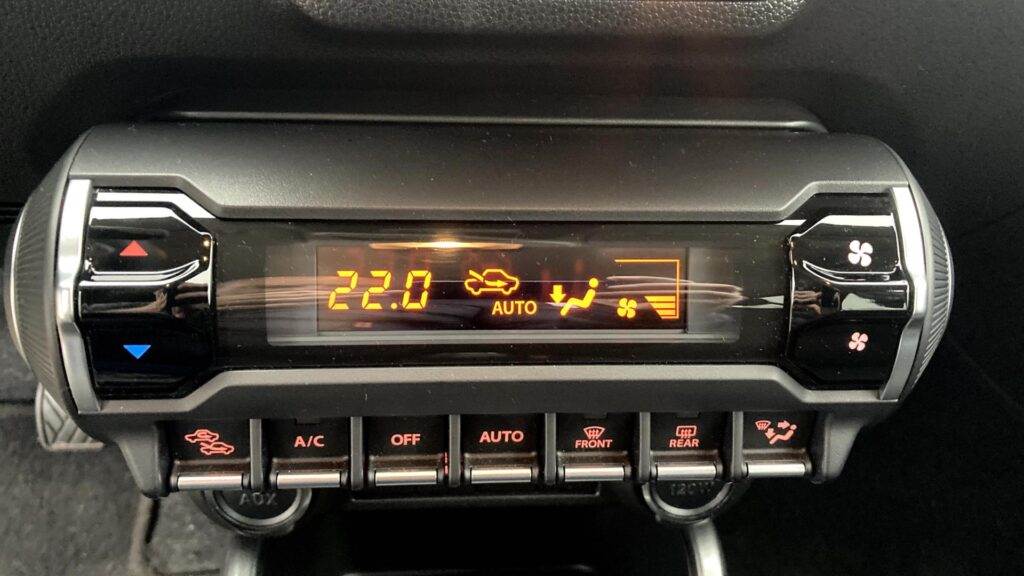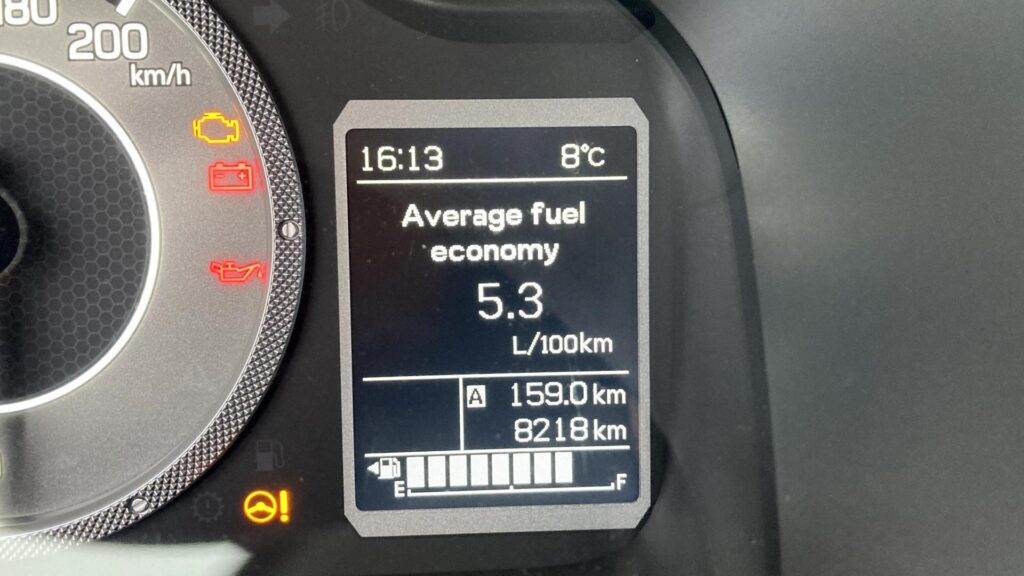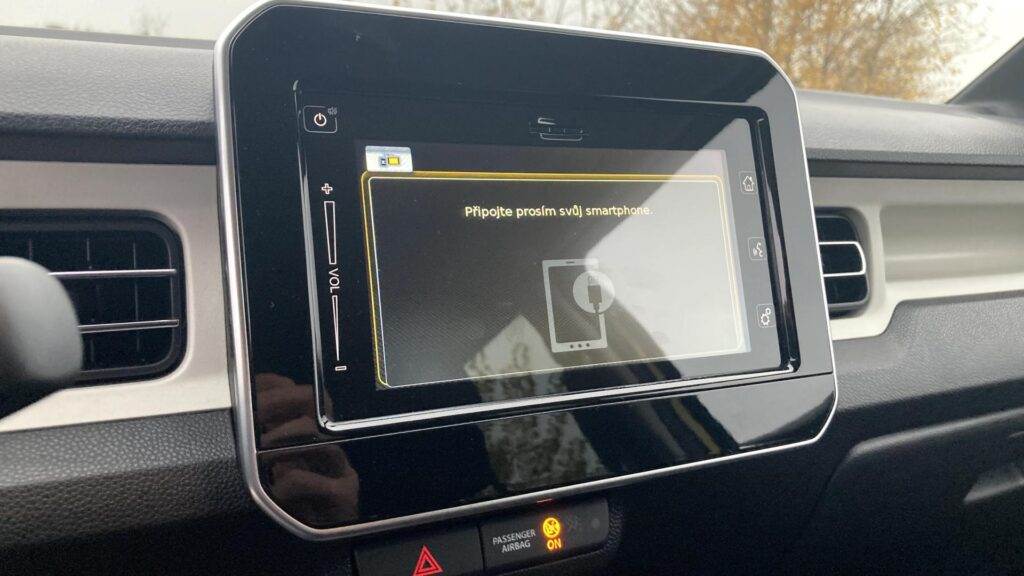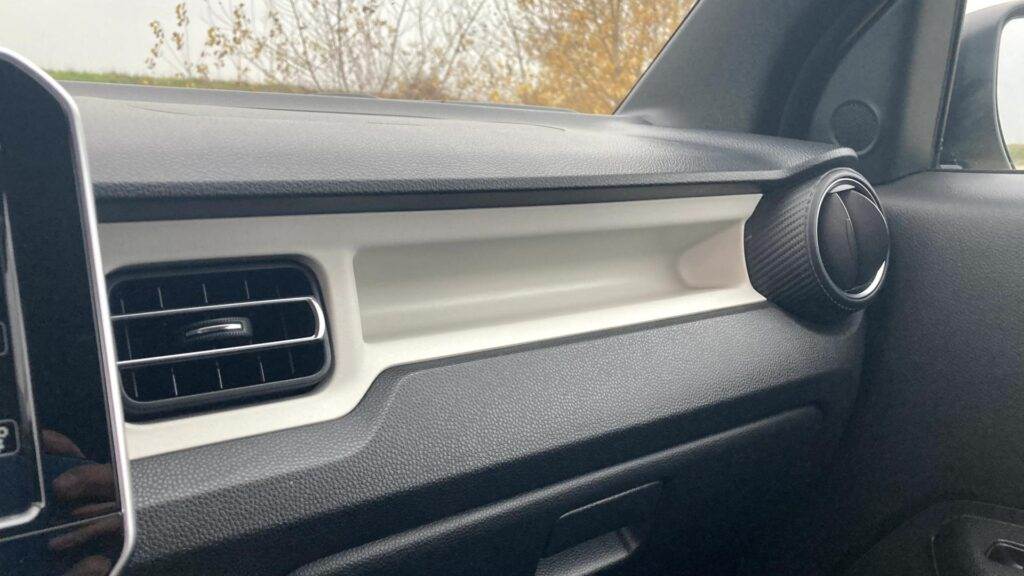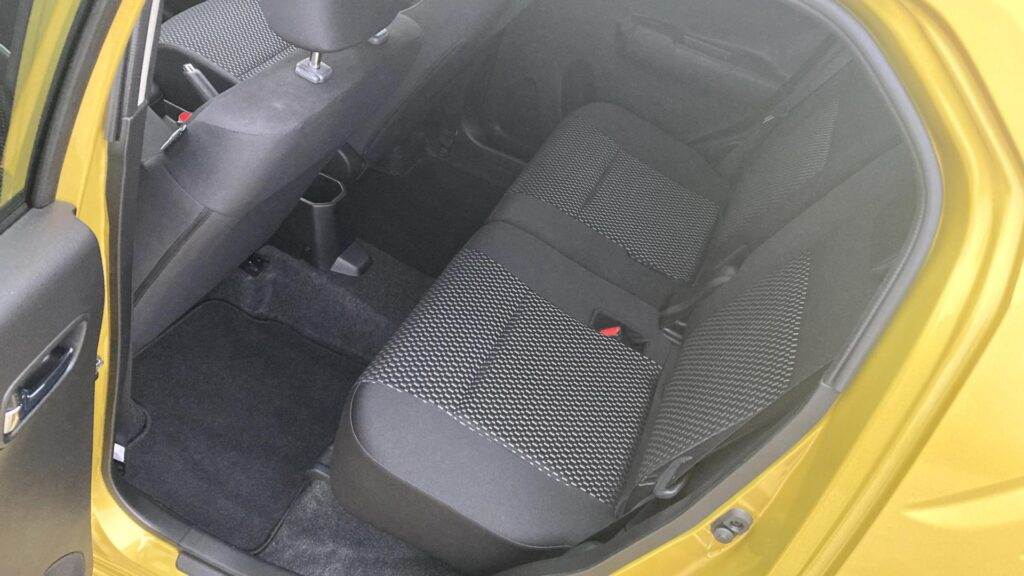Suzuki revived the Ignis name in 2017. That was the name of the small SUV, the sale of which was discontinued in 2008 and returned to the scene with a very fresh design. The new Ignis is a bit of a cross between a hatchback and an SUV, just like the original. It defines its own small category – miniSUV.
The five-door Suzuki Ignis measures 3.7 meters in length, so it belongs to the smallest cars that roam our roads and its only direct competitor was the Fiat Panda when it was launched in the spring of 2017. Just like him, the Suzuki Ignis can also offer a full-fledged 4×4 drive in addition to the basic front axle drive. In the spring of 2017, it was the most affordable new car with all-wheel drive on the Slovak market. The Ignis is interesting in that it can combine a 4×4 drive with a hybrid drive, making it unique on our market. However, this is not an isolated case for Suzuki, as this brand has been offering a small city model Swift with all-wheel drive for many years.
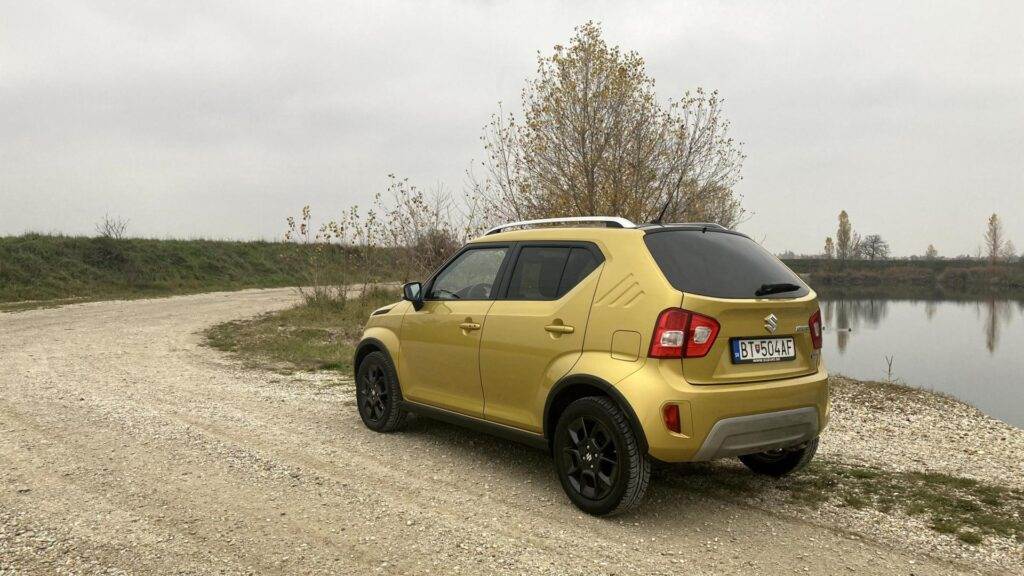
The current generation of Suzuki Ignis has been on the market for some time, so the facelift naturally came. From the outside, you can recognize it by the elaborate bumpers and radiator grille with chrome elements in the shape of the letter U. Ignis looks angry, like a small bulldog, ready to tear your slippers. In the gold color, it also cuts him down a lot, and the only thing that still doesn't suit my taste a little is the kicked back part. But it is extremely useful…
Urban crossovers and SUVs are often seen as cars for two target groups: young people with an active lifestyle and older people who appreciate the small external dimensions of the body and the benefits of increased seating, i.e. easier boarding and a good view from the cabin. Ignis offers all the advantages for both groups.

It is very comfortable to get behind the steering wheel (which is adjustable only in height) and the seats are rather softer and surprisingly wide. You are sitting higher than usual, and despite my height of 186 cm, I can fit in with a good few centimeters in front of the knees. The Ignis offers a large opening angle for the side doors, and the hinge rebounds are set so that you can comfortably get in and not hit the edge of the car door in narrow parking spaces.
Conjuring up so much legroom on such a small floor plan is an honor, and you also get symmetrically divided rear seats that slide up to 165 mm. No one will voluntarily take away legroom, but if you're going on a trip as a couple, a few tens of liters of extra luggage space will come in handy. The basic volume of the suitcase is only… but that's unimportant… we transported a 180cm x 70cm box "with a finger in our nose", so to speak. Thanks to the great variability of the seats.
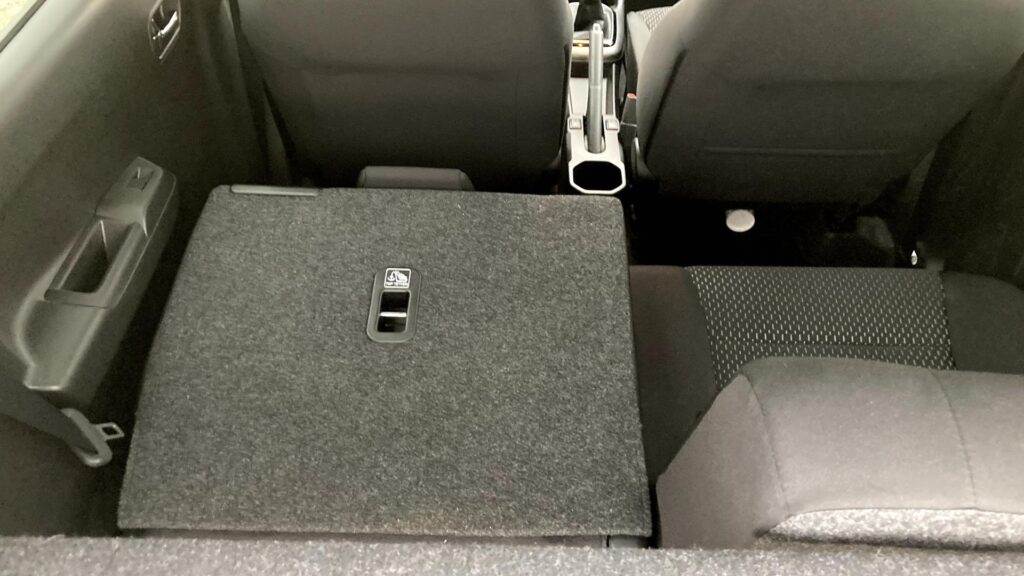
Otherwise, inside the facelift, they played mainly and only with materials and colors. The gray plastics at the bottom of the dashboard are now black, and the door handles and center tunnel can have gray or blue trim. Only the carbon imitation on the two exhausts somehow did not suit us. All the plastics are hard, but that doesn't matter at all for a car with a price tag like the Ignis. We like the layout and size of the controls, the clear instruments in front of the steering wheel, and even the interesting air conditioning panel, which the vehicle has as standard in the basic equipment. The tested Premium equipment also adds infotainment with a touch screen, Bluetooth hands-free, digital radio reception and even Apple CarPlay or Android Auto connectivity and a rear parking camera.
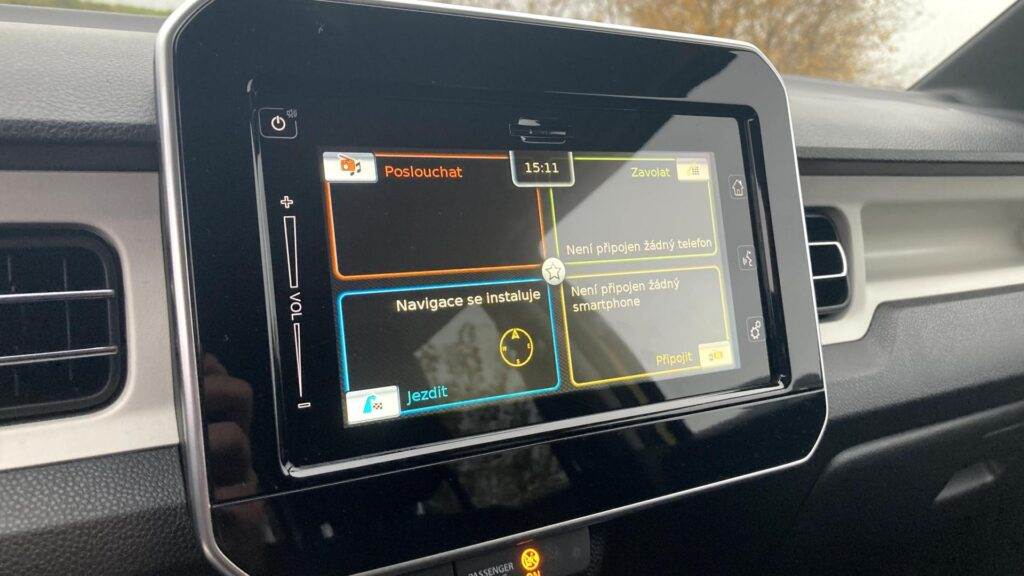
You can get the Ignis with any engine – as long as it's a naturally aspirated 1.2 DualJet unit with indirect fuel injection. This was already the case before the modernization, but despite the identical name, no stone was left unturned under the hood. The Ignis will probably always be a mild-hybrid, with a belt-connected starter-generator ISG, which also performs the function of an alternator and helps the combustion engine with a power of 2.3 kW or a torque of 50 Nm. To make matters worse, the 1.2 DualJet engine was completely redesigned, it received a new block, head and EGR, as well as variable valve timing on the intake and exhaust sides. For higher efficiency, the compression ratio was also adjusted from 12.5:1 to 13:1.
Before the upgrade, the engine produced 66 kW and 120 Nm at 4400 rpm, and today it has a weaker 61 kW and 107 Nm. However, already at 2800 revolutions per minute. It's no shredder of asphalt and will give a hundred for… but let's face it, the main thing is fuel consumption and emissions. After all, these are the parameters that today determine the existence of entire model lines on our beautiful European market. The engine is beautifully matched to the manual transmission and for normal driving it will be enough for up to approx. 110 km/h. After that, he doesn't want to accelerate very much and, even if the 150 is realistic, it takes some time to get to it. At 130 km/h, the engine rotates in fifth gear for approx. 3500 revolutions and it is allowed to be dialed higher. Not much happens even at higher revs.

But let's go to the new technology that Ignis received as a gift. The task of the mild hybrid is not to completely disable the combustion engine, but only to help in moments when it is necessary and to store energy in a small lithium-ion battery through recuperation. It is located under the driver's seat and can start the engine as soon as you approach an intersection. The start/stop system is very well set here and turns off the engine while the vehicle is moving. Thanks to the ISG, the kick-in of the internal combustion engine is completely lightning fast and, above all, imperceptible.
You can only find out whether the system is recharging or using some energy, for example for acceleration, on the display of the on-board computer or by looking at the battery pictograms. After a week of driving in the city, in the districts and occasionally on the highway, the fuel consumption did not exceed 5.3 l / 100 km. This is only two times more than the manufacturer states, but as we have seen for ourselves – it is possible to drive with a light foot for 4.5 l/100km. Only the tank is a bit modest with its 30 liters, which, however, may not be such a problem in the city.
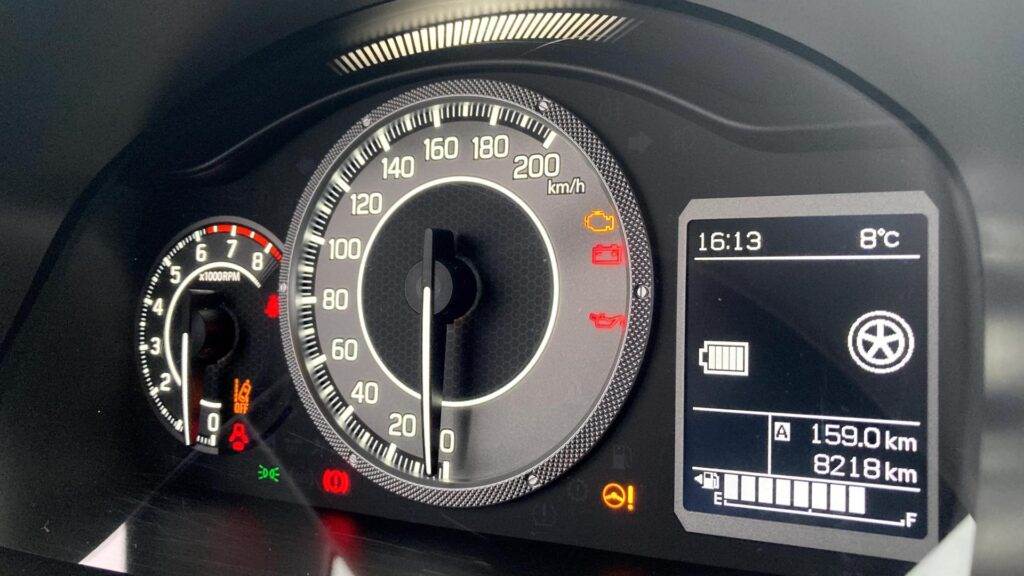
The Ignis is a nimble and light car, with which you can fit into even the smallest gaps in traffic, and thanks to the turning diameter of 9.4 meters, you can turn with it absolutely everywhere. If you're looking for a driver-friendly car that will entertain you on our broken roads for little money, it's the Ignis, because it doesn't keep anything to itself and its wheels even bounce a little on larger bumps. It has a stiffer chassis, but it filters out most bumps with a grace worthy of much larger premium SUVs. Even with the hybrid and four-wheel drive, the Ignis weighs under one ton (specifically 940kg). A four-wheeler with a viscous clutch is practically maintenance-free, but at the same time it represents one of the biggest extras (€1,700).
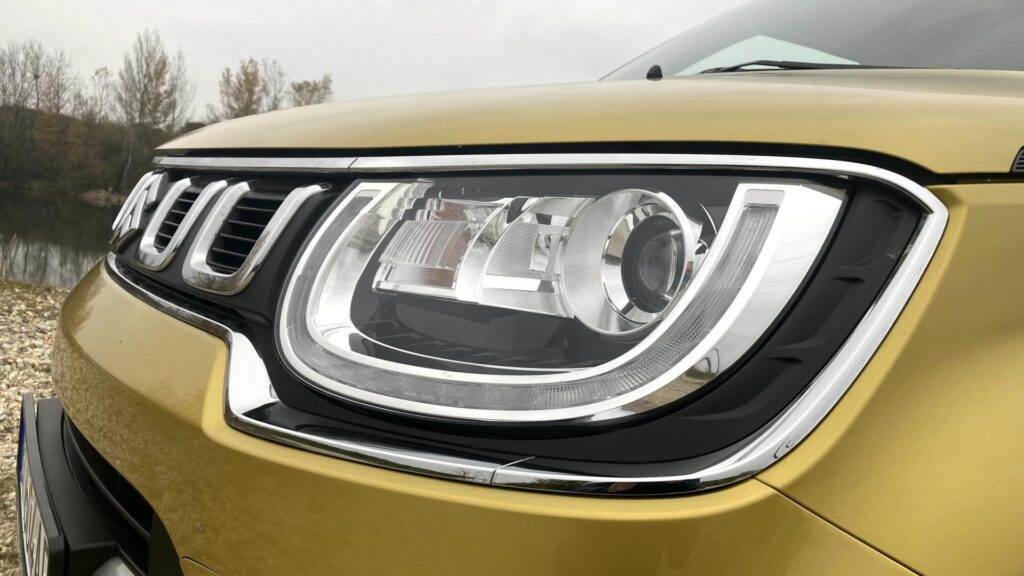
The Ignis is a practical mini SUV – it offers a decent portion of space for four adults on a minimal floor plan. It has a ground clearance of 180 mm, it has excellent visibility and excellent maneuverability. In addition, we really like the way it has matured to the EU and its emission standards – it has a naturally aspirated engine without a particulate filter and is seconded only by a simple hybrid system that works and does not restrict in any way.
And for a price that starts at €11,320, the Ignis has absolutely no competition on our market…
| Technical specifications | Suzuki Ignis Hybrid 2WD |
| Engine type: | Spark plug |
| Cylinders / valves: | 4 / 16 |
| Displacement (ccm): | 1197 |
| Highest power (kW(k) / rpm) | 61 (83) / 6000 |
| The highest twist. torque (Nm / rpm): | 107 / 2800 |
| Gearbox: | 5-st. manual |
| Acceleration 0 – 100 km/h (s): | 12.4 |
| Combined consumption – WLTP (l/100 km): | 5.1 |
You can find all photos in our gallery here:

